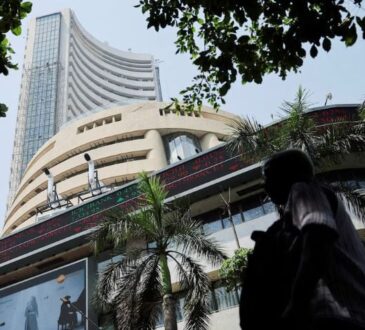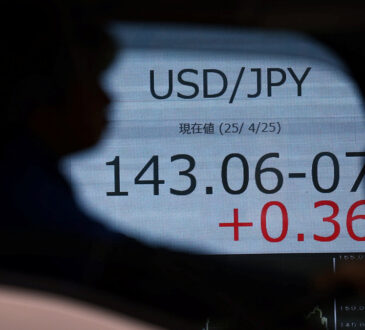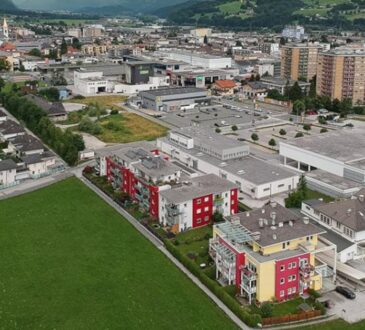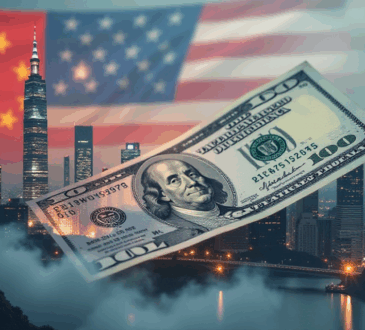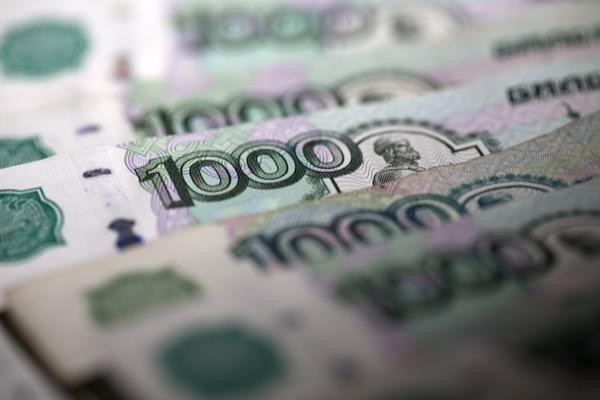
What are emerging market currencies?
Emerging market currencies are those used within countries considered to be ‘emerging markets’ (EMs) – a term that has no precise definition but is generally considered to refer to nations that are in a state of transition between ‘developing’ and ‘developed’ status. Such countries have often had several years of robust economic growth, are expected to continue to grow rapidly and may be experiencing a period of political, social and demographic transition, which makes it easier to integrate with other economies globally.
There is no universally agreed list of emerging market currencies, as bodies including the IMF, FTSE, Goldman Sachs, Morgan Stanley, JPMorgan, Dow Jones, Russell and Columbia University all use slightly different metrics to categorise countries as emerging markets. However, the countries most commonly thought of as emerging are Brazil, Russia, India, China and South Africa – now collectively known by the acronym ‘BRICS’. The following are therefore generally considered to be emerging market currencies:
- Brazilian real (BRL)
- Russian ruble (RUB)
- Indian rupee (INR)
- Chinese renminbi (CNH)
- South African rand (ZAR)
Here we take a look at each of the BRICS currencies in turn, and highlight the forex pairs you could consider trading if you want to gain exposure to the volatility they can offer.
Brazilian real (BRL)
The Brazilian real is the official currency of Brazil and the 19th most traded globally, accounting for an average daily volume of US$51 billion in 2016.
It was introduced on 1 July 1994 as part of ‘Plano Real’, a plan to stabilise and grow the Brazilian economy and put an end to the country’s hyperinflation after 14 years. Since then, Brazil’s economy has grown by more than 2.5% a year on average, making it the world’s eighth largest economy. Its gross domestic product (GDP) is US$2.05 trillion.
The real has fluctuated substantially over the last few years due to changes in the political and economic situation in Brazil. The country was thrown into recession between 2015 and 2016 as a result of falling commodity prices and a political crisis that saw its president, Dilma Rousseff, impeached for manipulating government accounts.

